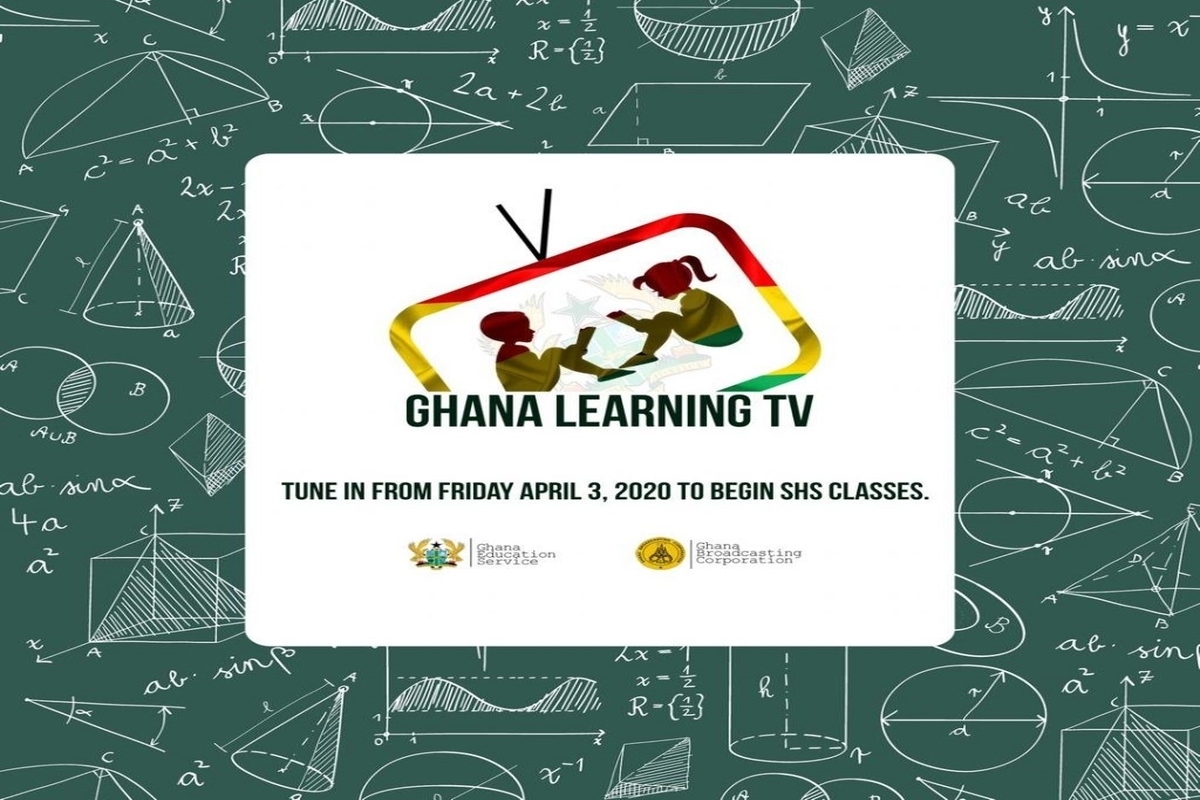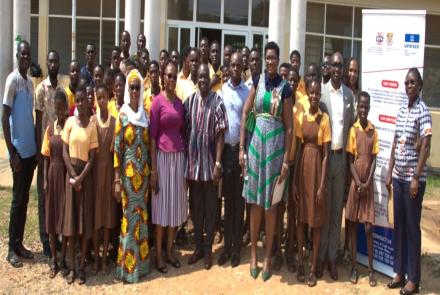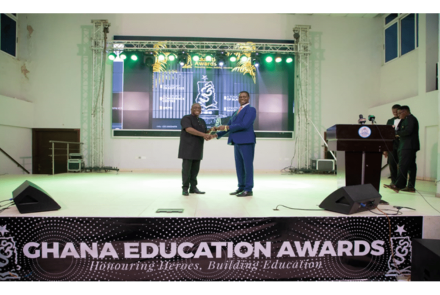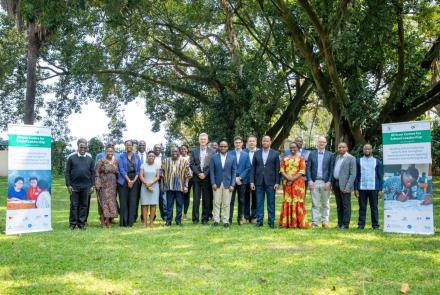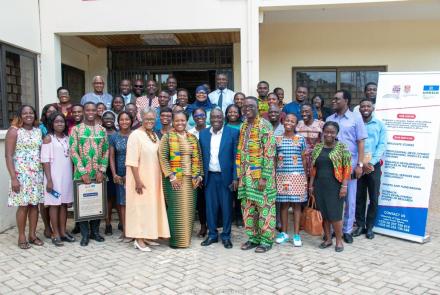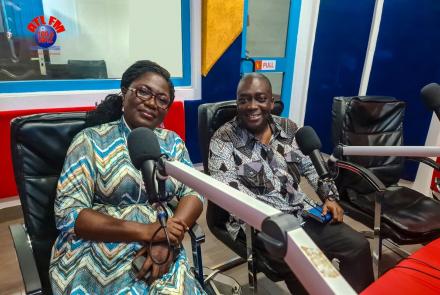Is GL-TV by the Ghana Education Service in response to COVID-19 Pandemic Effective?
On 11 March 2020, the World Health Organization (WHO) declared COVID -19 a pandemic as the virus raged through countries of the world. Ghana had two waves of COVID-19, first peaking in July 2020 and the second in February 2021. Currently, the country is experiencing a third wave with infection and death numbers rising by the day.
The first wave-peak led to the Government of Ghana to close down schools for an estimated nine months of 2020. In order to relieve the impact of school closures on academic work, the Ministry of Education working with the Ghana Education Service and Centre for National Distance Learning and Open Schooling (CENDLOS), introduce Emergency Remote Teaching (ERT) using Ghana Learning Television (GL-TV) outlet nationwide.
The Institute for Educational Planning and Administration (IEPA), a UNESCO Category II Centre of Excellence located at the University of Cape Coast as part of the resilience building for times of emergencies, set out to examine the efficacy of the implementation of ERT. The study titled “An Examination of Pre-Tertiary Emergency Remote Teaching by the Ghana Education Service in response to the COVID-19 Pandemic” sought among other things, to evaluate government’s response to COVID-19 school closures in 2020 and maintain a reference for the future.
The draft preliminary report of the study indicates that the ERT became a matter of national urgency during global school closure that saw over 1.5 billion children and youth in 188 countries worldwide forced to stay home (UNESCO, 2020). The Government of Ghana through GES and CENDLOS nationally broadcasted ERT using the GL-TV gateway towards addressing learning loss management imperative. However, the extent to which the objectives of the ERT through GL-TV were being achieved, especially with respect to meeting the learning needs of students; and the challenges students faced in accessing the programme were not accessed.
IEPA as a lead institute for educational planning, leadership and administration, with a UNESCO mandate to undertake cutting-edge research and consultancy as well as provide policy advice to Ministries of Education of Member States within the West African sub-region, took on the responsibility to ascertain the effectiveness of the GL-TV. The IEPA study was therefore commenced to fill the knowledge gap occasioned by the unavailability of research evidence of the efficacy of the GL-TV, by employing a concurrent mixed method approach to examine the ERT.
The study found out that, the content and pedagogy used in the ERT aligned with the prescriptions of the school curriculum and therefore largely met the learning needs of students. However, the television as a medium, and the home environment for effective academic work, posed some challenges to the students’ active participation in lessons and eventually their learning. The lack of physical interactions between teachers and students also limited teaching effectiveness to some extent.
Do the initial results point to ERT aired on GL-TV as an effective way for teaching and addressing learning loss management in Ghana in times of emergencies? This remains a critical concern for technocrats and policy gatekeepers especially as the country experiences its third wave of COVID. Coming out soon is the full report of the study and its policy imperatives.
You are encouraged to read our other COVID-19 response studies.


